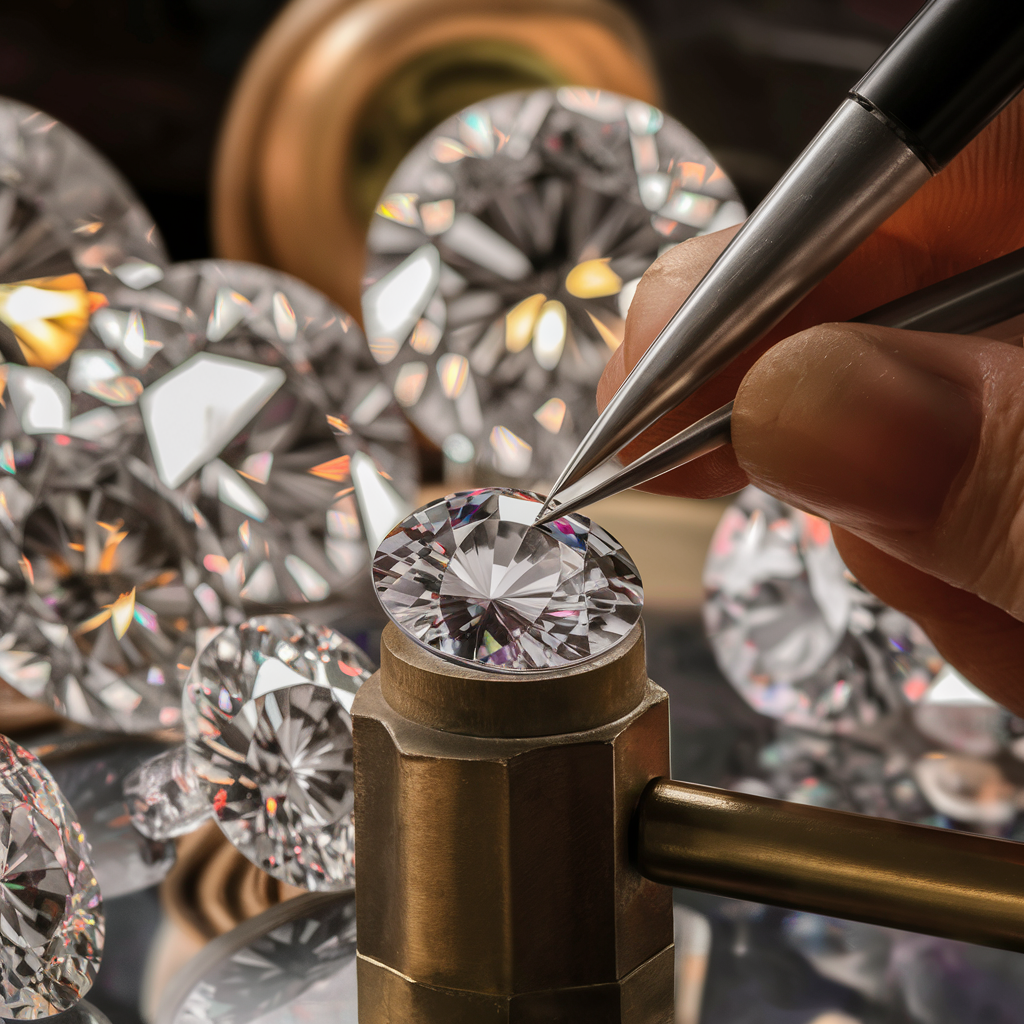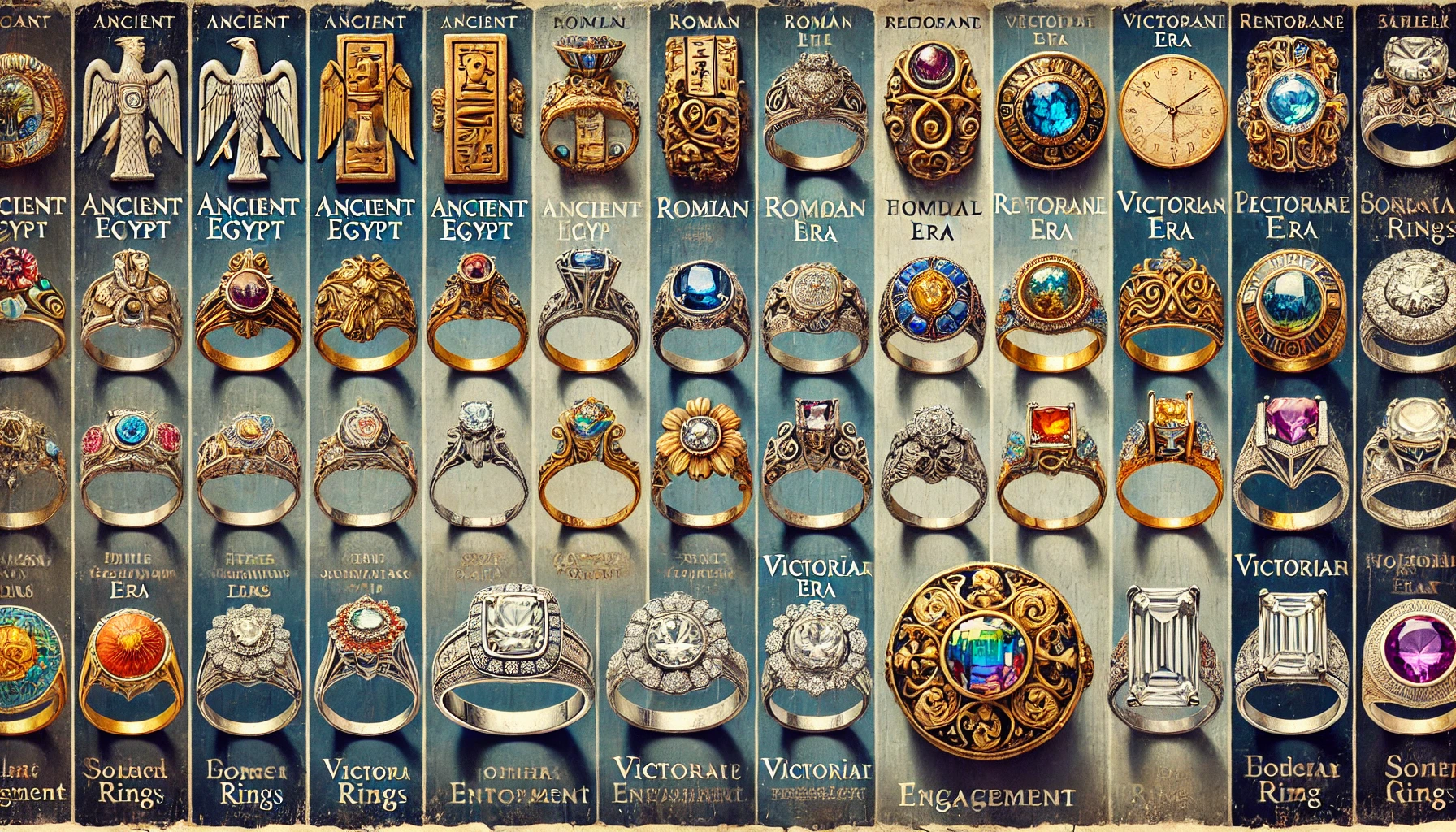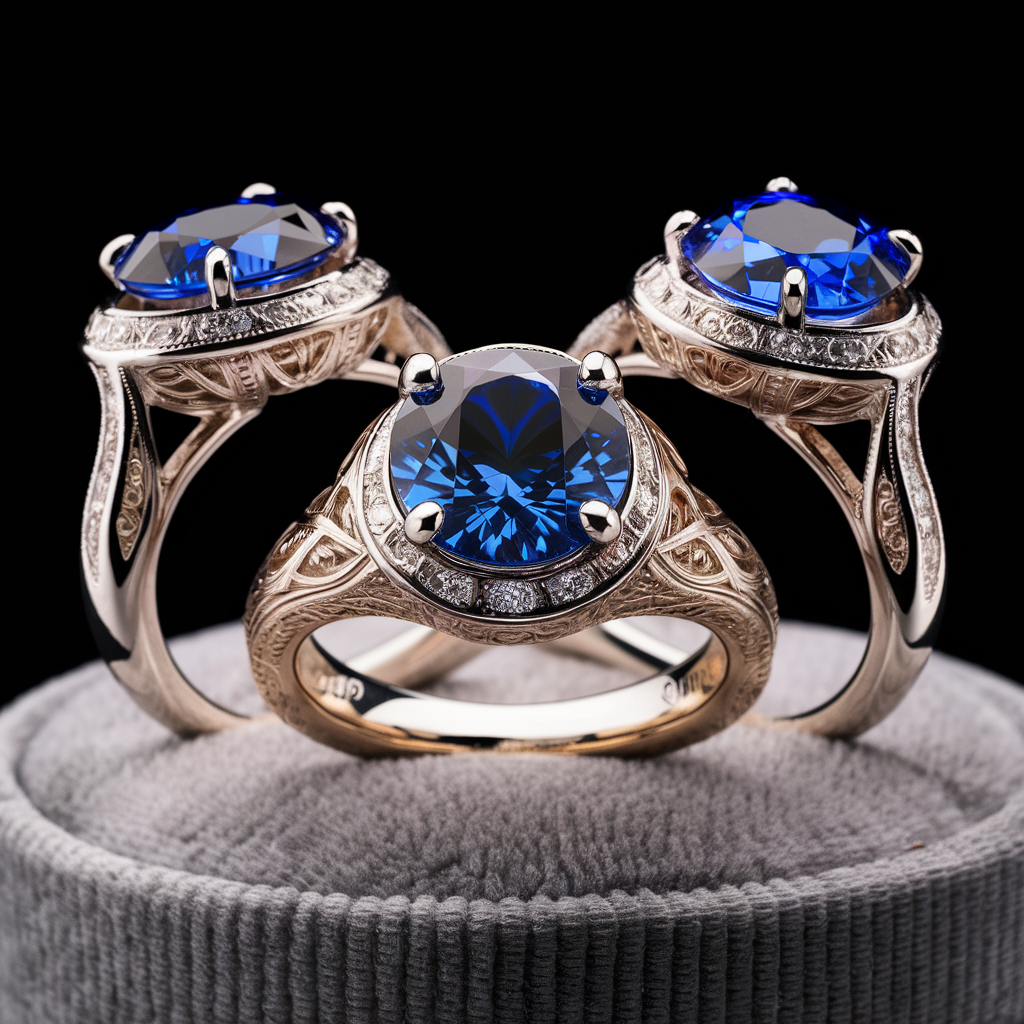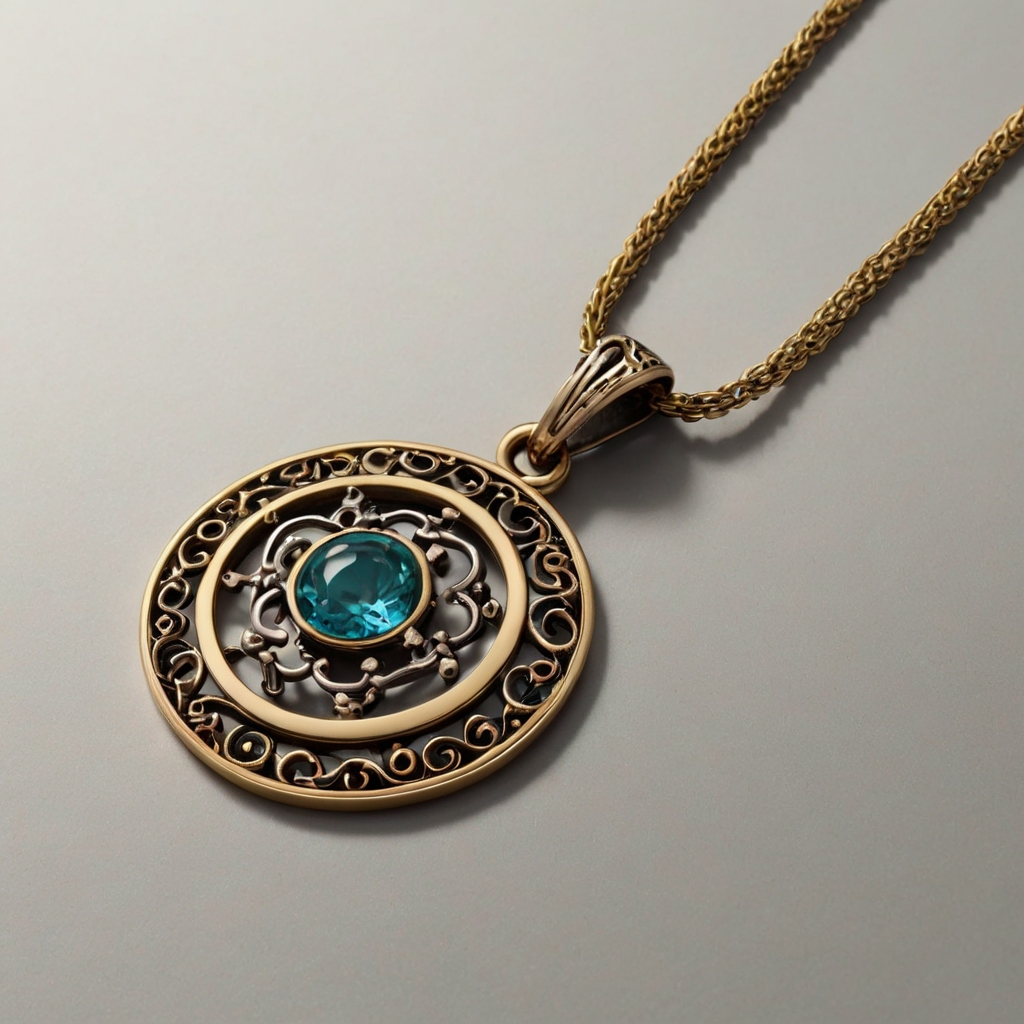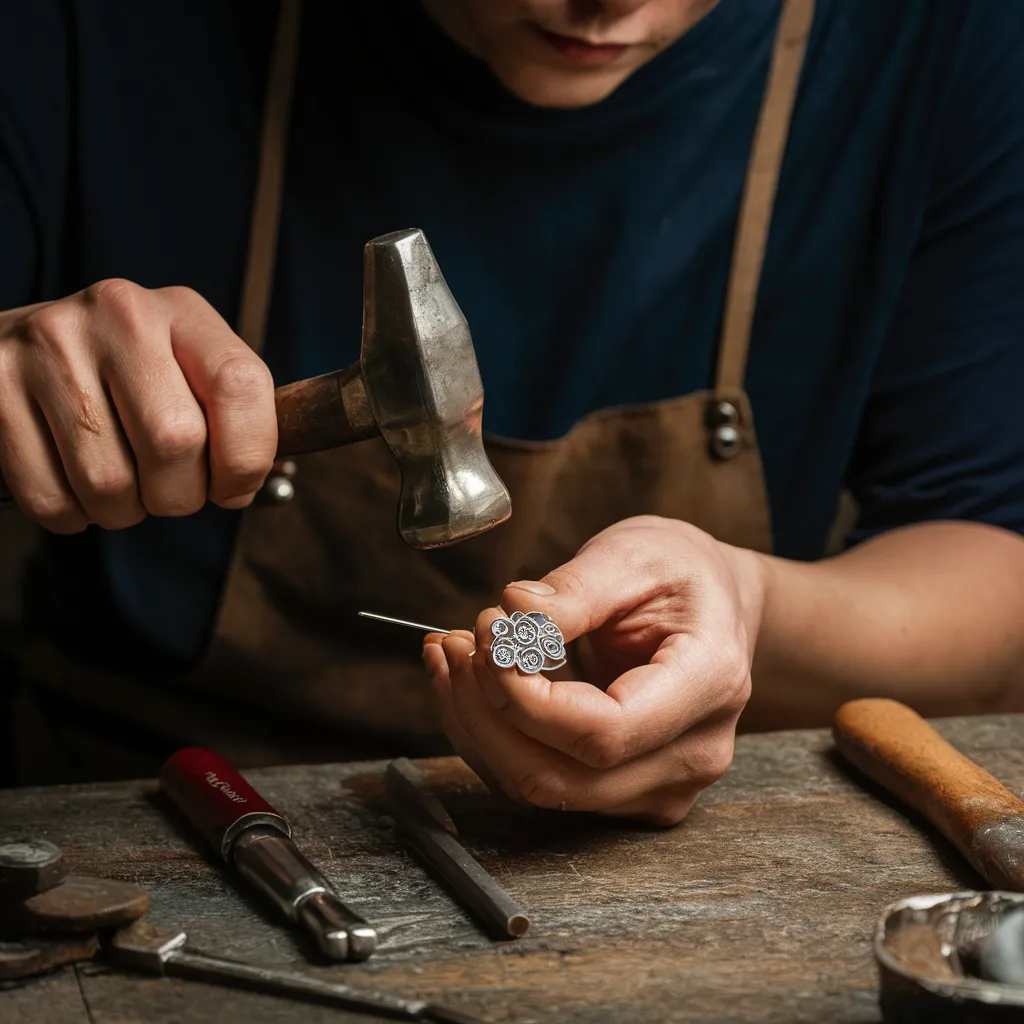
Art of Metalsmithing Jewelry Making Techniques
Introduction
Metalsmithing is an age-old craft that has captivated artisans and enthusiasts for centuries. From ancient civilizations to modern-day jewelry designers, the art of shaping metal into exquisite pieces of wearable art continues to thrive. In this comprehensive guide, we delve into the fascinating realm of metalsmithing, offering insights into the techniques, tools, and creative processes that bring jewelry to life.
Understanding Metalsmithing
At its core, metalsmithing is the art of manipulating metal to create objects of beauty and function. Whether it's silver, gold, copper, or platinum, each metal offers unique properties and challenges for the metalsmith. The process begins with selecting the right metal for the intended piece, considering factors such as durability, malleability, and color.
Techniques of Metalsmithing
Metalsmithing encompasses a wide array of techniques, each requiring skill, precision, and creativity. Some of the fundamental techniques include:
-
Forming: This involves shaping the metal using tools such as hammers, mandrels, and stakes. Techniques like forging, bending, and raising are commonly employed to create three-dimensional forms.
-
Soldering: Soldering is the process of joining two metal pieces together using a soldering torch and solder. It requires careful control of heat and flux to ensure a strong and seamless bond.
-
Texturing: Texturing techniques such as hammering, stamping, and etching add visual interest and dimension to metal surfaces. These techniques can create intricate patterns, designs, and textures that enhance the beauty of the final piece.
-
Stone Setting: Many jewelry pieces incorporate gemstones, which require specialized techniques for setting securely in metal settings. Common stone-setting techniques include bezel setting, prong setting, and channel setting.
Tools of the Trade
Metalsmiths rely on an assortment of tools to bring their creations to life. From basic hand tools like hammers, files, and pliers to more specialized equipment such as torches, rolling mills, and soldering stations, each tool serves a specific purpose in the metalsmithing process. Investing in high-quality tools and equipment is essential for achieving professional results and ensuring the safety of the metalsmith.
Conclusion
Metalsmithing is more than just a craft—it's an art form that allows artisans to transform raw materials into objects of beauty and significance. Whether you're a seasoned jeweler or a novice enthusiast, exploring the techniques and processes of metalsmithing opens up a world of creativity and expression. By mastering the fundamentals of this ancient craft and honing your skills over time, you can create stunning pieces of jewelry that will be treasured for generations to come.






